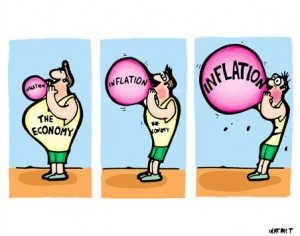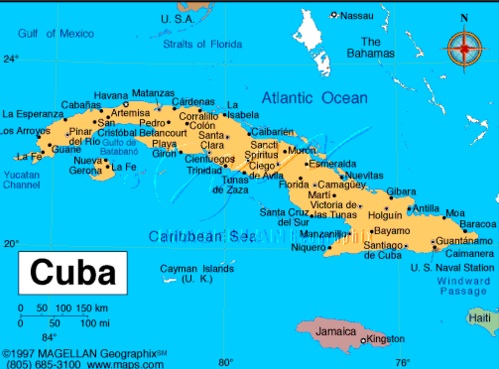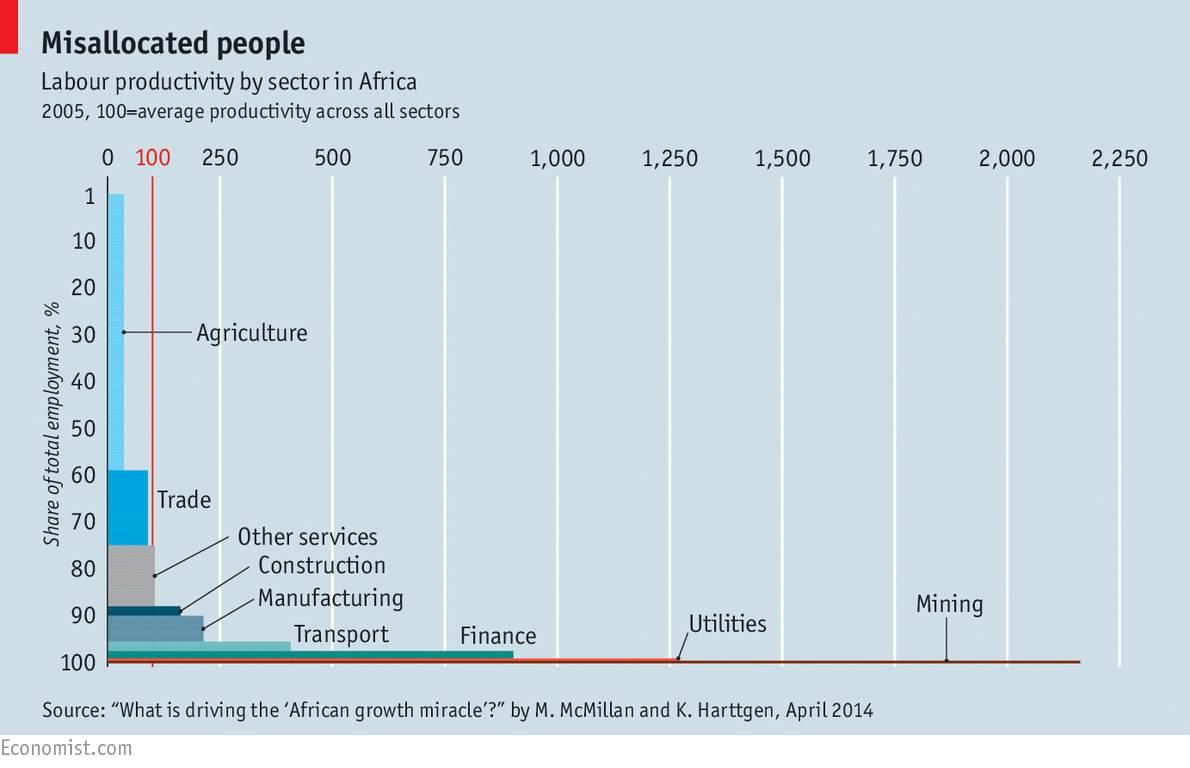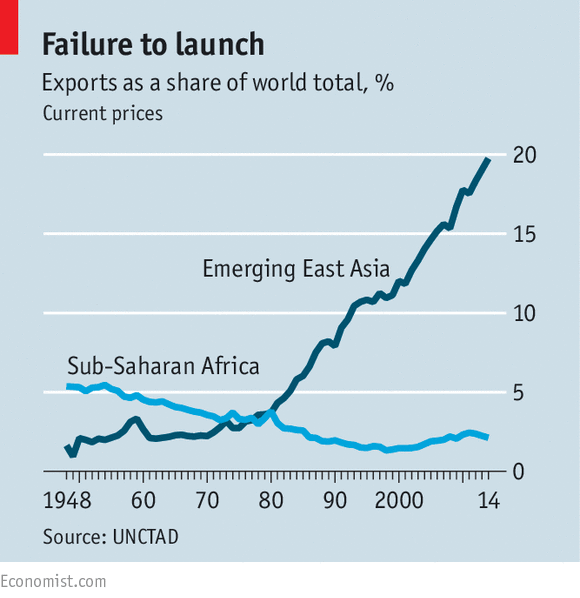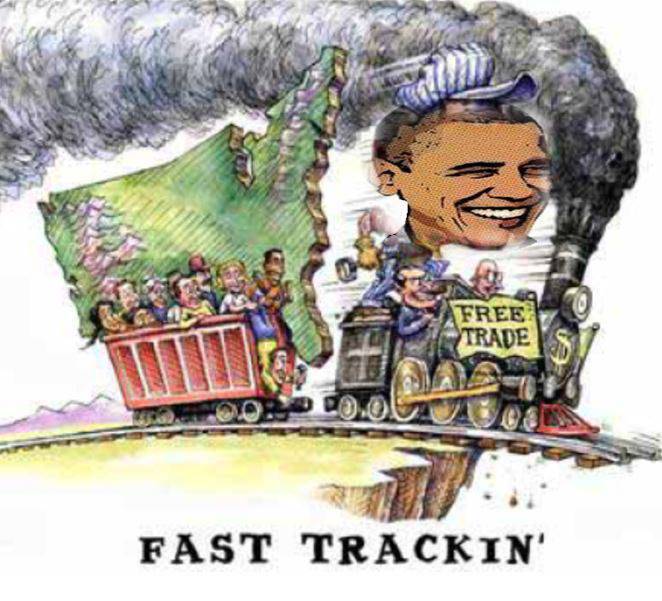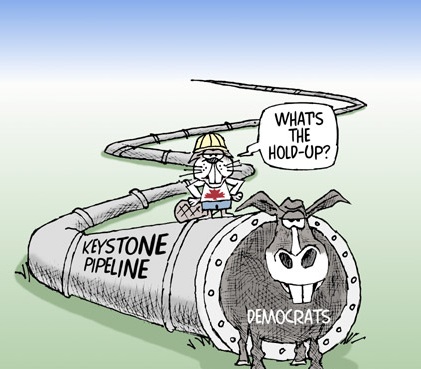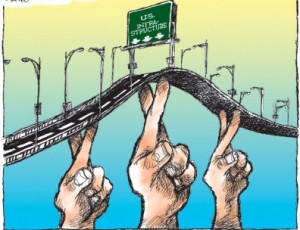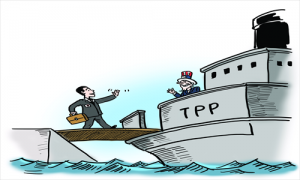A reason why the central banks should not have as big as role as they now do. Their focus on inflation may well be mistaken.
Stephen S. Roach writes: Targeting in a world without inflation, central banks have lost their way. With benchmark interest rates stuck at the dreaded zero bound, monetary policy has been transformed from an agent of price stability into an engine of financial instability. A new approach is desperately needed.
The US Federal Reserve exemplifies this policy dilemma. After the Federal Open Market Committee decided in September to defer yet again the start of its long-awaited normalization of monetary policy, its inflation doves are openly campaigning for another delay.
For the inflation-targeting purists, the argument seems impeccable. The headline consumer-price index (CPI) is near zero, and “core” or underlying inflation – the Fed’s favorite indicator – remains significantly below the seemingly sacrosanct 2% target. With a long-anemic recovery looking shaky again, the doves contend that there is no reason to rush ahead with interest-rate hikes.
Of course, there is more to it than that. Because monetary policy operates with lags, central banks must avoid fixating on the here and now, and instead use imperfect forecasts to anticipate the future effects of their decisions. In the Fed’s case, the presumption that the US will soon approach full employment has caused the so-called dual mandate to collapse into one target: getting inflation back to 2%.
Here, the Fed is making a fatal mistake, as it relies heavily on a timeworn inflation-forecasting methodology that filters out the “special factors” driving the often volatile prices of goods like food and energy. The logic is that the price fluctuations will eventually subside, and headline price indicators will converge on the core rate of inflation.
This approach failed spectacularly when it was adopted in the 1970s, causing the Fed to underestimate virulent inflation. And it is failing today, leading the Fed consistently to overestimate underlying inflation. Indeed, with oil prices having plunged by 50% over the past year, the Fed stubbornly maintains that faster price growth – and the precious inflation rate of 2% – is just around the corner.
Missing from this logic is an appreciation of the new and powerful global forces that are bearing down on inflation. According to the International Monetary Fund’s latest outlook, the price deflator for all advanced economies should increase by just 1.5% annually, on average, from now to 2020 – not much higher than the crisis-depressed 1.1% pace of the last six years. Moreover, most wholesale prices around the world remain in outright deflation.
But, rather than recognize the likely drivers of these developments – namely, a seemingly chronic shortfall of global aggregate demand amid a supply glut and a deflationary profusion of technological innovations and new supply chains – the Fed continues to minimize the deflationary impact of global forces. It would rather attribute low inflation to successful inflation targeting, and the Great Moderation that it presumably spawned.
This prideful interpretation amounted to the siren song of an extremely accommodative monetary policy. Unable to disentangle the global and domestic pressures suppressing inflation, a price-targeting Fed has erred consistently on the side of easy money.
This is apparent in the fact that, over the last 15 years, the real federal funds rate – the Fed’s benchmark policy rate, adjusted for inflation – has been in negative territory more than 60% of the time, averaging -0.6% since May 2001. From 1990 to 2000, by contrast, the real federal funds rate averaged 2.2%. In short, over the last decade and a half, the Fed has gone well beyond a powerful disinflation in setting its policy interest rate.
The consequences have been problematic, to say the least. Over the same 15-year period, financial markets have become unhinged, with a profusion of asset and credit bubbles leading to a series of crises that almost pushed the world economy into the abyss in 2008-2009. But rather than recognize, let alone respond to, pre-crisis excesses, the Fed has remained agnostic about them, pointing out that bubble-spotting is, at best, an imperfect science.
That is hardly a convincing reason for central banks to remain fixated on inflation targeting. Not only have they failed repeatedly to get the inflation forecast right; they now risk fueling renewed financial instability and sparking another crisis. Just as a few of us warned of impending crisis in the 2003-2006 period, some – including the Bank of International Settlements and the IMF– are sounding the alarm today, but to no avail.
To be sure, inflation targeting was once essential to limit runaway price growth. In today’s inflationless world, however, it is counterproductive. Yet the inflation targeters who dominate today’s major central banks insist on fighting yesterday’s war.
In this sense, modern central bankers resemble the British army in the Battle of Singapore in 1942. Convinced that the Japanese would attack from the sea, the British defenses were encased in impenetrable concrete bunkers, with fixed artillery that could fire only to the south. So when the Japanese emerged from the jungle and mangrove swamps of the Malay Peninsula in the north, the British were powerless to stop them. Singapore quickly fell, in what is widely considered Prime Minister Winston Churchill’s most ignominious military defeat.
Central bankers, like the British army in Singapore, are aiming their weapons in the wrong direction. It is time for them to turn their policy arsenal toward today’s enemy: financial instability. On that basis alone, the case for monetary-policy normalization has never been more compelling.
